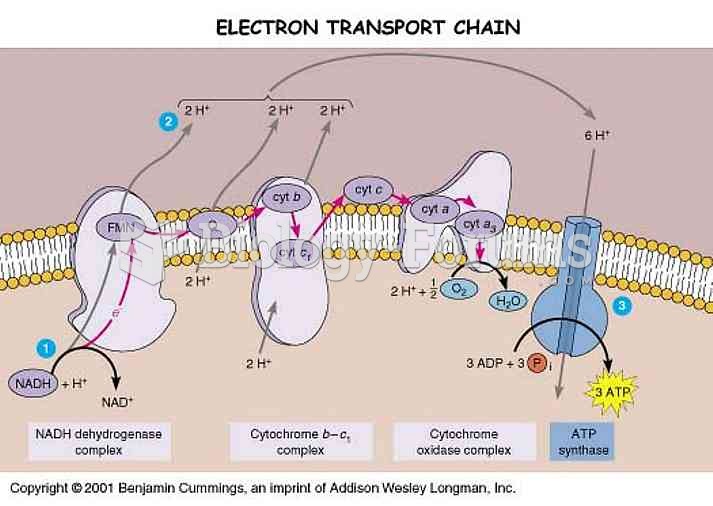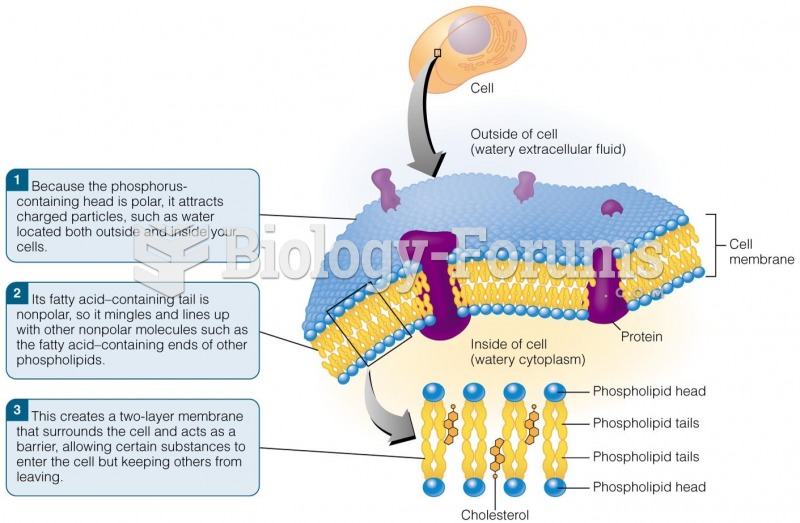Answer to Question 1
The surface Ekman layer, which extends to about 100 to 300 meters depth, is a boundary layer feature in which the direct stresses of the wind are felt. The transport within the Ekman layer is 90 towards the right of the wind in the northern hemisphere, and 90 to the left of the wind in the southern hemisphere. The Ekman transport is proportional to the wind stress, which is proportional to the square of the wind speed. In a clockwise gyre in the Northern Hemisphere, the effect of Ekman transport is to push water into the center of the gyre. Note that the counterclockwise gyres in the Southern Hemisphere will produce exactly the same result, because the Coriolis Effect deflects the water to the left.
The subtropical gyres are formed by geostrophic currents that occur when Ekman transport from the wind-driven currents causes water to pile up in the center of the gyre. There is a force due to gravity, acting down the gradient of the surface slope that is opposed by the Coriolis Effect. The net effect is a flow of water at approximately 90 to the slope. The result is a geostrophic current that flows approximately perpendicular to the slope of the sea surface around the gyre.
Answer to Question 2
Ocean currents move warmer water toward the poles and cooler water towards the equator. The Benguela and Humboldt Currents, which are cold offshore currents, are responsible for the Namib Desert on the west coast of South Africa and the Atacama Desert on the west coast of South America, respectively. The cold ocean currents reduce evaporation and cool the air that moves over them, a combination that inhibits convection and precipitation over the adjacent coastline. The deserts that form in this way are called littoral (alongshore) deserts. In fact, one of the driest deserts in the world is the Namib Desert along the coast of southwest Africa. The desert of Baja, California (actually in Mexico), is another example.







